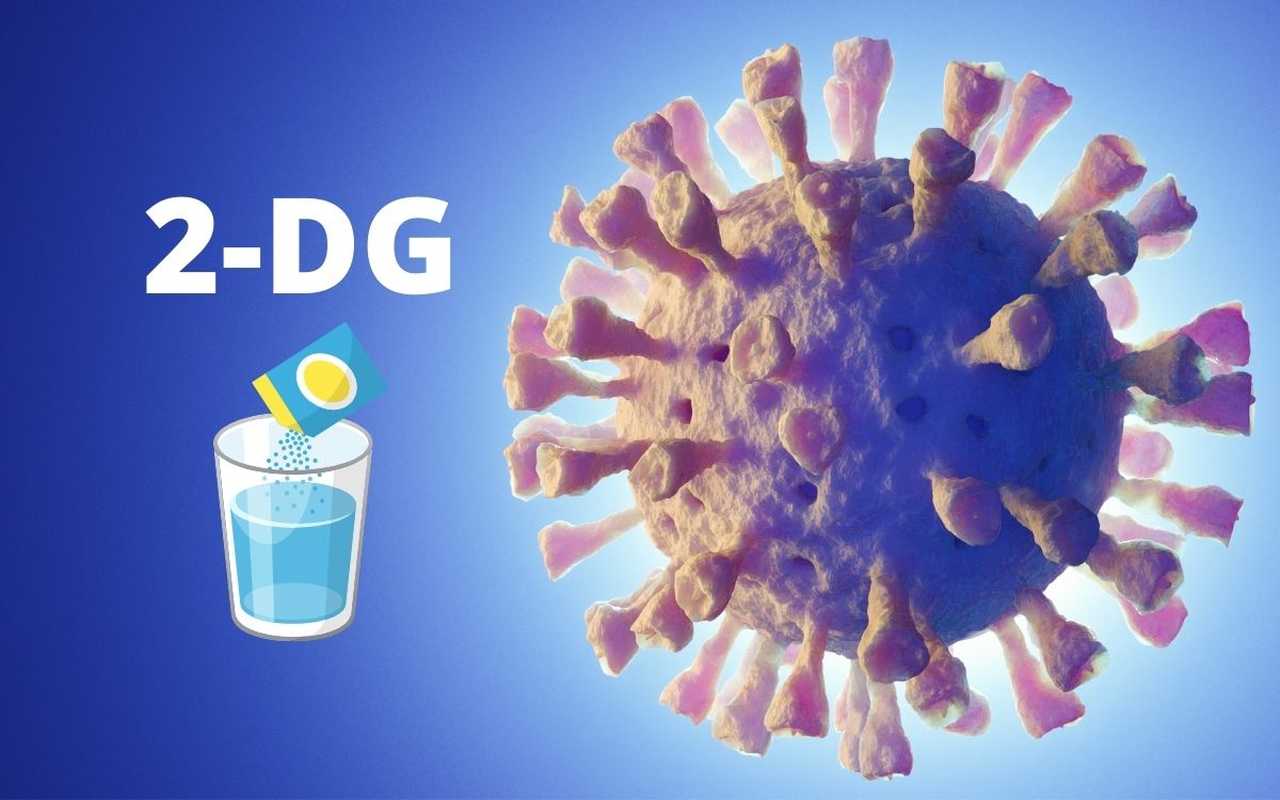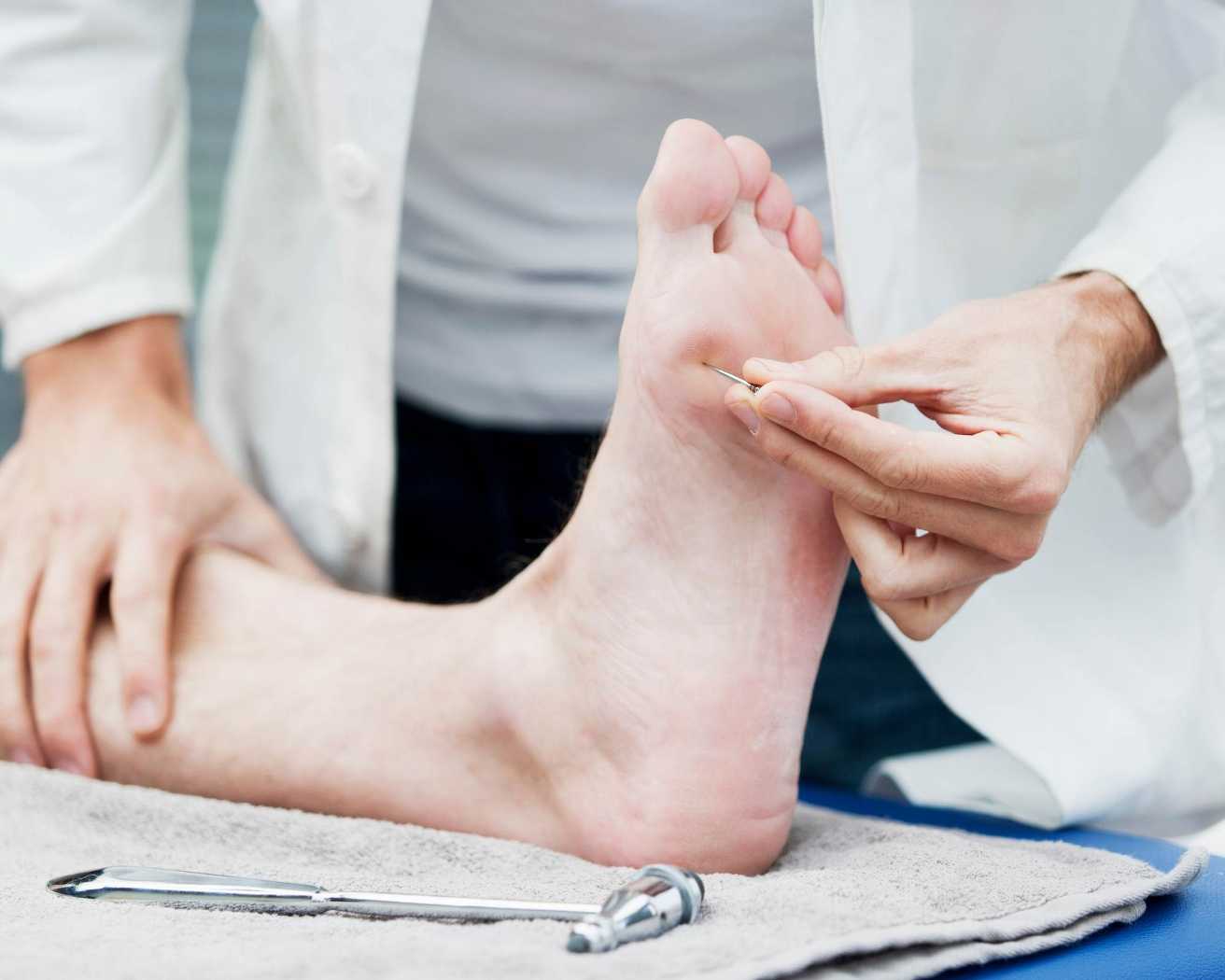You might be having so many questions related to vaginal yeast infection. Is it normal to have it? Is vaginal yeast infection an STD? Can we prevent a vaginal yeast infection? How can it be treated? And many more like these!
Well, today, you’ll be having all your doubts cleared if you have any suspicion, myth, or query regarding vaginal yeast infection.
Vaginal Yeast infection & Bacterial Vaginosis are the most common reason for consultation in gynecological offices. Vaginal Yeast infection affects up to 75% of women of childbearing age once in their life, and up to 9% of women experience more than three episodes per year, which is defined as recurrent vulvovaginal candidiasis.
What is Vaginal Yeast Infection?
Vaginal Candidiasis (or) Vaginal Yeast Infection is a vaginal fungus infection primarily caused by a fungus species called Candida albicans and other closely related Candida species.
Vaginal yeast infection is characterized by vaginal burning, itching, and abnormal “cheese-like” or watery vaginal discharge with no odor (or) a mild yeasty smell. It occurs due to the excessive growth of yeast which primarily causes inflammation.
Vaginal Yeast Infection is typically treated with topical antifungals (or) oral azole derivatives and usually gets cleared up in short-term treatment.
However, self-treatment with over-the-counter medications is strictly not advised because it may increase antifungal resistance.
Vaginal Yeast Infection Symptoms
- Itching
- Cheeze like or watery vaginal discharge in a lumpy consistency
- Burning sensation in the genital region
- Vaginal redness
- Swelling
- Pain while sexual intercourse
- Pain while peeing
- Vaginal soreness
However, the above symptoms alone cannot reliably distinguish the different causes of vaginitis, as women with vaginal yeast infection do not always report redness & itching.
When you’re going through Vaginal Yeast Infection, you can observe that the linking membrane of the vaginal part gets red and gets a whitish coating.
The second situation where you can experience the symptoms of vaginal yeast infection is typically before your menstrual periods.
Vaginal yeast infection can be excruciating sometimes. Few females complain about pain and discomfort during intercourse and pain while peeing.
Advertisement
Risk Factors associated with Vaginal Yeast Infection
Risk factors for Vaginal Yeast Infection include
- Pregnancy
- Use of broad-spectrum antibiotics
- Uncontrolled Diabetes Mellitus
- Use of contraceptives
- Hormone replacement therapy
- Use of Corticosteroids
- Tight-fitting clothing
- Usage of synthetic underwear
- Various dietary deficiencies
- Increase sexual activity
- Frequent Vaginal douching
- Human immunodeficiency virus (HIV)
Vaginal Yeast Infection during Pregnancy
Many women experience vaginal yeast infection during pregnancy.
It usually happens because of the rise of estrogen levels during pregnancy, which can likely develop a vaginal yeast infection by upsetting the healthy microbiota balance.
Is Vaginal Yeast Infection an STD?
After knowing the risk factors of this infection, you might wonder whether it is STD or not?
NO! Vaginal yeast infection is not an STD (sexually transmitted disease)
There is no substantial evidence that confirms Vaginal Yeast Infection is a sexually transmitted disease.
However, sex can increase the risk of having yeast infections in the vagina. It can raise the presence of bacteria that will automatically worsen the condition.
Treatment options for Vaginal Yeast Infection
Vaginal Yeast Infection is usually treated with oral or topical antifungals.
Considering the severity and recurrence of the symptoms, your doctor may prescribe any of the following antifungals for a period of 3 to 7 days.
I. Treatment options for women with mild symptoms
- Clotrimazole 200 mg vaginal tablets, once daily (3 days)
- Econazole 150 mg vaginal suppository, twice daily (1 day) & 150 mg vaginal suppository, once daily (3 days)
- Fenticonazole 600 mg vaginal capsule, once daily (1 day) repeat in case of relapse
- Isoconazole 150 mg vaginal suppository, twice daily (1 day) & 150 mg vaginal suppository, once daily (3 days)
II. Treatment options for women with severe symptoms
- Fluconazole -150 mg orally, single-shot & 50 mg orally, once daily (7-14 days)
- Itraconazole 200 mg orally 1× 2 capsules daily (1 day) & 100 mg orally 1 × 2 capsules daily (3 days)
- Nystatin 100.000 units vaginal tablets (14 days)
The above dosage is not fixed. Your healthcare provider/doctor will make dosage adjustments according to your need and requirement.
Advertisement
Treatment option for vaginal yeast infection during pregnancy
Treatment for vulvovaginal candidosis during pregnancy may involve local clotrimazole, especially during the first trimester, to avoid fetal malformations and miscarriage.
Your doctor may also prescribe Dequalinium chloride which is also a therapeutic option for vaginal yeast infection during pregnancy.
Probiotics for Vaginal Yeast Infection
Probiotics are microorganisms that are believed to provide health benefits when consumed.
Probiotics as adjuvant therapy with antifungal drugs could enhance their effectiveness in improving the rate of short-term cure of vaginal yeast infection.
Probiotics are of no use in long-term cure or preventing the relapse of vaginal yeast infection.
Read : What are Prebiotics & Probiotics
Role of Honey in Treating Vaginal Yeast infection
Honey is God’s precious gift to humanity. Honey has been highly appreciated and extensively used since ancient history due to its high nutritional and antioxidant properties.
Various studies demonstrated honey as a promising alternative therapy for Recurrent vaginal yeast infection.
According to studies, Honey can improve infertility, protect the postmenopausal reproductive tract, prevent toxic effects, and treat vaginal yeast infection.
How to Prevent Vaginal Yeast infection
- Avoid wearing dirty undergarments
- Avoid washing your genitals with chemical soap
- Avoid wearing non-breathable sanitary pads and panties.
- Frequently changing the undergarments mainly after exercise
- Do not use unhygienic douches
- Avoid using wrong intimate products
- Clean the vaginal part regularly with lukewarm water.
Read : Good Vaginal Hygiene practice : Dos & Don'ts
Home Remedies for Vaginal Yeast Infection
Women often use home remedies to reduce the symptoms associated with reproductive tract infections. But, there is no evidence supporting the usage of these items can cure or alleviate the symptoms of vaginal yeast infection.
These remedies may show allergic reactions like redness and irritation in the genitals
Tea Tree Oil for Vaginal Yeast Infection
If you have a vaginal yeast infection, you may try inserting a tampon soaked in Tea Tree Oil.
Yogurt for Vaginal Yeast Infection
Apart from tampons, women also use Natural Yogurt for balancing the PH of the vagina. Women use it to make their vaginal parts more acidic.
1.Candidiasis (vulvovaginal)
https://www.ncbi.nlm.nih.gov/pmc/articles/PMC4360556/
2.Factors Associated with Symptomatic Vulvovaginal
Candidiasis
https://www.ncbi.nlm.nih.gov/pmc/articles/PMC4071743/
3.Recurrent Vulvovaginal Candidiasis: An Immunological Perspective
https://pubmed.ncbi.nlm.nih.gov/31972980/
4.Probiotics for vulvovaginal candidiasis in non-pregnant women
https://pubmed.ncbi.nlm.nih.gov/29168557/
5.Protective Roles of Honey in Reproductive Health: A Review
https://www.mdpi.com/1420-3049/26/11/3322
6.Vulvovaginal Candidiasis: A Current Understanding
and Burning Questions
https://pubmed.ncbi.nlm.nih.gov/32106438/
7.Vaginal discharge: The diagnostic enigma











